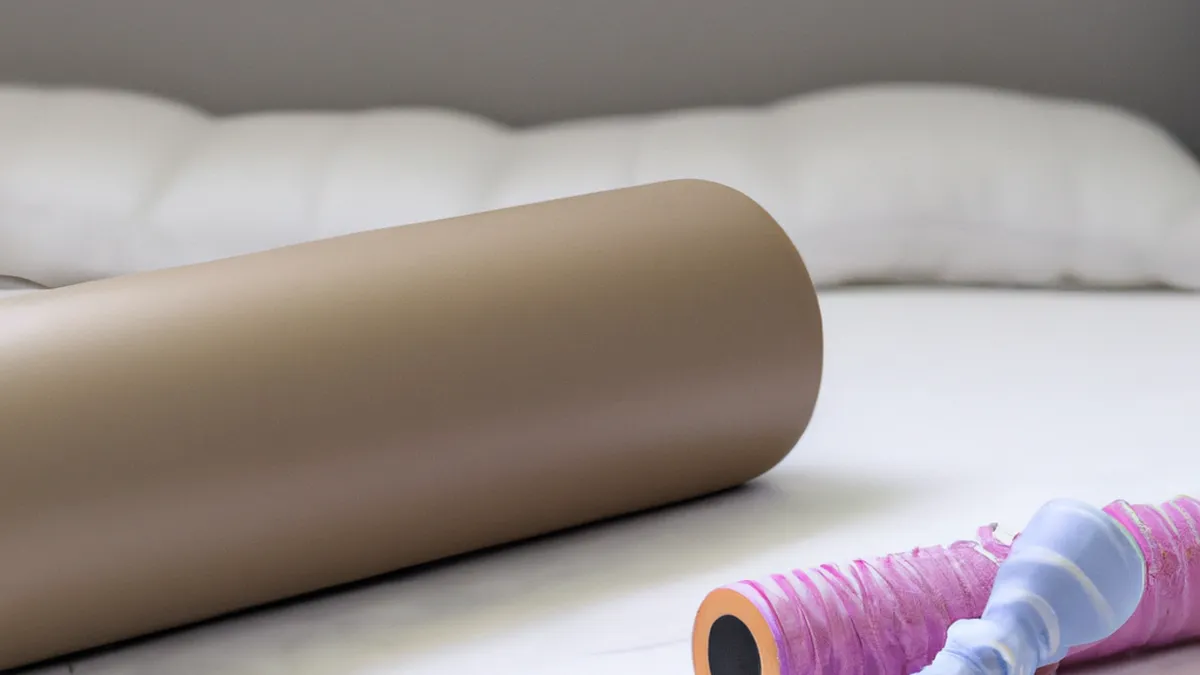Rediscover Your Core with Foam Rollers
Using Foam Rollers for Postnatal Core and Pelvic Floor Release
Pregnancy and childbirth can stress your core and pelvic floor muscles. Many women feel discomfort or tightness in these areas after giving birth. Foam rollers can relieve tension and promote healing. This post shares effective techniques for postnatal core and pelvic floor release using foam rollers.
Understanding the Benefits of Foam Rolling
Foam rolling releases muscle tension and improves blood circulation. For postnatal women, foam rolling offers key benefits:
1. Relieves Muscle Tension
Childbirth causes hormonal changes and physical stress. These changes can create tightness in your core and pelvic area. Foam rolling releases tight muscles and promotes relaxation.
2. Enhances Blood Flow
Improved circulation aids recovery. Foam rolling increases blood flow to your muscles. This process delivers nutrients and oxygen, helping tissue repair. Your body heals more effectively as a result.
3. Supports Core Stability
A strong core supports daily activities. Foam rolling strengthens deep abdominal muscles. Targeting these areas builds a foundation for improved stability and strength.
Tips for Using Foam Rollers Safely
Follow these tips to ensure safety and effectiveness while foam rolling:
Start Slow
Begin with gentle pressure. Avoid aggressive rolling if you are new to foam rolling. Start with 1-2 minutes on each area, gradually increasing the duration.
Focus on Specific Areas
Concentrate on key muscle groups. For postnatal recovery, target the lower back, hips, and pelvic floor. These areas often hold tension and benefit from foam rolling.
Listen to Your Body
Stop immediately if you feel sharp pain or discomfort. Foam rolling should offer gentle release, not pain. Prioritize your comfort and safety.
Techniques for Core and Pelvic Floor Release
Now, let’s explore effective foam rolling techniques for your core and pelvic floor muscles.
1. Lower Back Roll
Sit on the floor with your legs extended. Place the foam roller under your lower back. Lean back slowly, resting your weight on the roller. Roll gently from your lower back to your mid-back. This technique helps release lower back tension.
2. Hip Flexor Release
Kneel on one knee with the foam roller under the opposite hip. Position the roller near the hip flexor area. Gently roll back and forth, focusing on tight areas. This technique releases hip flexor tightness, often strained during pregnancy.
3. Pelvic Floor Release
Lie on your back with your knees bent. Place the foam roller between your knees. Squeeze the roller gently while breathing deeply. This technique promotes relaxation in your pelvic floor muscles.
Additional Advice for Postnatal Recovery
Consider these tips for a holistic postnatal recovery approach:
Stay Hydrated
Hydration supports recovery. Drink plenty of water to enhance muscle function and overall health. Aim for at least 8-10 glasses daily, especially if breastfeeding.
Incorporate Gentle Movements
Engage in gentle movements alongside foam rolling. Walking, stretching, and postpartum yoga can further support your recovery. These activities enhance well-being and promote healing.
Consult a Professional
Consult a healthcare professional if you have recovery concerns. A physical therapist specializing in postpartum care can offer tailored guidance. They can help you develop a safe and effective recovery plan.
Conclusion
Using foam rollers for postnatal core and pelvic floor release can transform your recovery. They relieve tension, enhance blood flow, and support core stability. Follow the tips and techniques outlined in this post to promote effective healing. Start slow, listen to your body, and stay hydrated. With patience and consistency, regain strength and comfort in your postnatal journey. Embrace foam rolling and enjoy its recovery benefits.
Below are related products based on this post:
FAQ
What are the benefits of using foam rollers for postnatal recovery?
Foam rollers help relieve muscle tension, enhance blood flow, and support core stability. They can alleviate tightness in the core and pelvic floor areas, promote relaxation, and aid in the healing process after childbirth.
How do I safely use a foam roller postpartum?
To use a foam roller safely, start slow with gentle pressure and limit your rolling time to 1-2 minutes per area. Focus on specific muscle groups like the lower back, hips, and pelvic floor, and always listen to your body, stopping if you feel sharp pain or discomfort.
What techniques can I use for core and pelvic floor release with a foam roller?
Effective techniques include the lower back roll, hip flexor release, and pelvic floor release. Each method targets specific areas to help release tension and promote relaxation in the core and pelvic floor muscles.















Post Comment